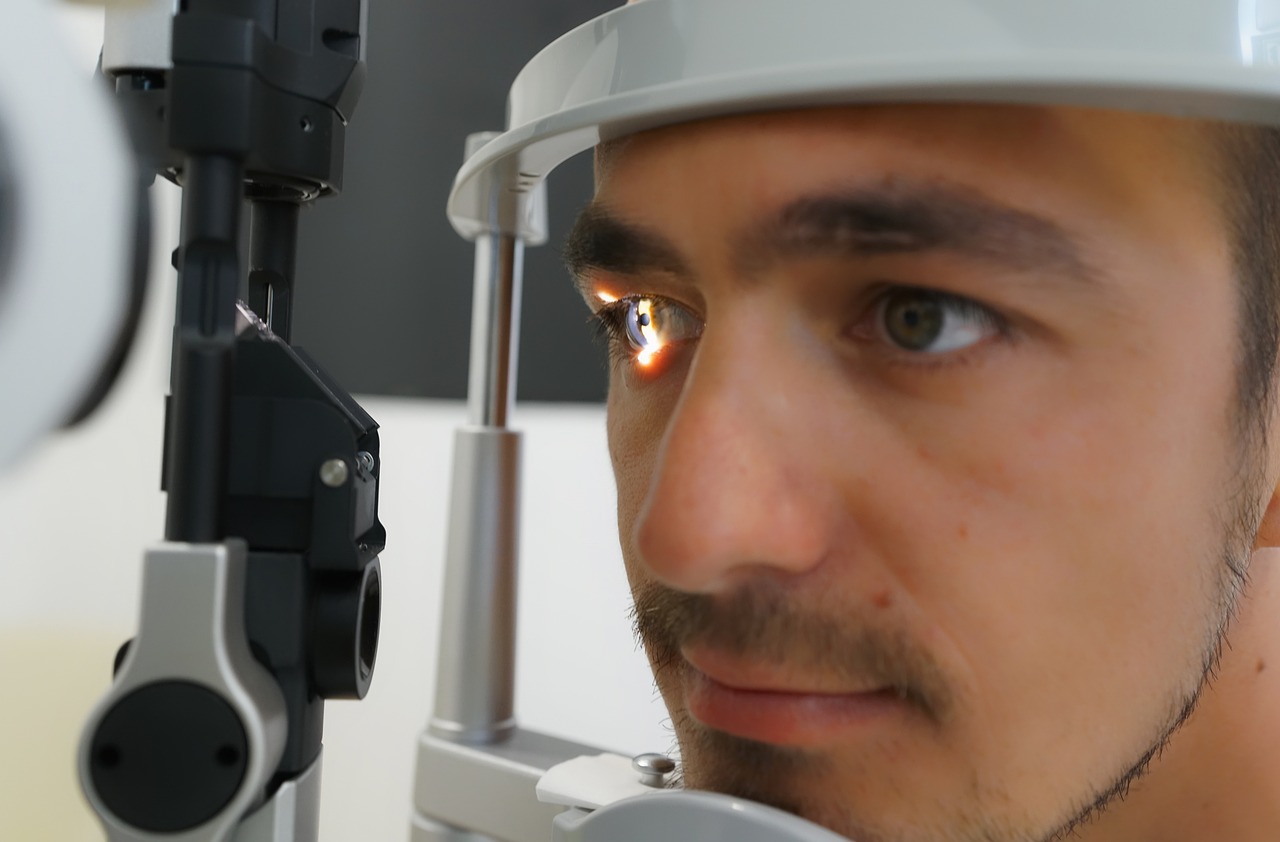LASIK (Laser-Assisted In Situ Keratomileusis) surgery has revolutionized the field of ophthalmology, providing millions of people worldwide with a life-changing solution to refractive errors like myopia, hyperopia, and astigmatism. One of the key factors behind the success of LASIK is the continuous evolution of technology, and two significant innovations that have emerged are the Wavelight laser and Contoura Vision. In this article, we dive into the intricacies of LASIK technology, exploring the principles behind the Wavelight laser and the revolutionary Contoura Vision system.
Understanding LASIK Technology
LASIK is a surgical procedure that reshapes the cornea, the transparent front part of the eye, to improve vision by focusing light directly onto the retina. The fundamental concept involves using a laser to create a precise flap on the cornea, followed by the application of another laser to sculpt the corneal tissue and correct refractive errors.
What is the Wavelight LASIK Laser?
Wavelight lasers represent a significant leap forward in LASIK technology. These lasers utilize a sophisticated method called wavefront-optimized technology. Traditional LASIK procedures corrected refractive errors based on prescription glasses, which addressed only the most basic aspects of vision. In contrast, wavefront optimized treatments attempt to preserve the asphericity of the cornea by delivering more laser energy in the corneal periphery.Wavefront optimized treatments reduce or minimize the induction of higher-order aberrations (HOA) that have been associated with visual symptoms after conventional refractive surgery.
What is a Contoura Vision System?
Contoura Vision is a revolutionary LASIK technology that takes personalization to the next level. Developed by Alcon, the Contoura Vision system integrates corneal topography and wavefront-guided technology to create an even more detailed and individualized treatment plan.
Corneal topography involves mapping the curvature of the cornea, providing information about its shape and irregularities. Combining this data with wavefront measurements, the Contoura Vision system creates a comprehensive 3D map of the eye. This precise mapping allows the laser to address not only the refractive errors but also subtle corneal irregularities, known as higher-order aberrations, that were previously difficult to correct.
The Contoura Vision system’s ability to address these higher-order aberrations contributes to improved visual outcomes, particularly in low-light conditions and situations with high contrast. Patients often report sharper, clearer vision and reduced instances of halos and glare.
Comparing LASIK Eye Surgery Technology
Femtosecond Lasers:
IntraLase iFS (now part of Johnson & Johnson Vision): IntraLase iFS is a femtosecond laser system used for creating corneal flaps. It offers high precision and customization, contributing to improved safety and efficacy.
Alcon FS200 the FS200 is another femtosecond laser system used for creating corneal flaps. It offers high precision and customization utilizing a low pulse energy resulting in more precise corneal flaps.
Zeiss VisuMax: Known for its precision, the VisuMax femtosecond laser is often used for creating the corneal flap in LASIK surgery. It operates with extremely short pulses of laser light, allowing for a bladeless and precise corneal flap creation.
Excimer Lasers:
Alcon’s Contoura Vision: Combining corneal topography and wavefront-guided technology, Contoura Vision aims to provide highly customized LASIK treatments. It addresses both common refractive errors and higher-order aberrations for improved visual outcomes.
Wavelight EX500: Known for its speed and accuracy, the Wavelight EX500 is equipped with advanced eye-tracking and wavefront-optimized technology. It aims to provide efficient and highly personalized LASIK treatments.
VISX Excimer Lasers: VISX excimer lasers are widely used and recognized for their reliability. They incorporate wavefront-guided technology to customize LASIK treatments based on the patient’s individual eye characteristics.
Nidek EC-5000: The Nidek EC-5000 is another excimer laser system used in LASIK surgery. It offers precision and versatility in treating various refractive errors.
What’s the difference between the Visx and Wavelight Laser?
The Wavelight and Visx lasers are two different brands of excimer lasers commonly used in LASIK surgery. While both are designed to reshape the cornea to correct refractive errors, there are differences in their technologies and features. Let’s explore the distinctions between the Wavelight and Visx lasers in LASIK procedures:
- Wavefront Technology:
- Wavelight: The Wavelight laser, as mentioned earlier, often incorporates wavefront-optimized technology wavefront optimized treatments attempt to preserve the asphericity of the cornea by delivering more laser energy in the corneal periphery to reduce higher order aberrations.
- Visx: Visx lasers utilizes either a “standard” or wavefront-guided technology to customize the LASIK procedure based on the patient’s unique visual aberrations. The wavefront technology in Visx systems aims to improve not only basic refractive errors but also higher-order aberrations for enhanced visual outcomes.
- Eye Tracking Systems:
- Wavelight: Wavelight lasers typically come equipped with advanced eye-tracking systems. These systems monitor the eye’s movements during the procedure and adjust the laser in real-time to ensure accurate and consistent treatment, even if the eye moves slightly.
- Visx: Visx lasers also incorporate sophisticated eye-tracking technology to follow the eye’s movements and maintain precision during the LASIK surgery. The accuracy of the eye-tracking system is crucial for achieving optimal results.
- Treatment Speed:
- Wavelight: Wavelight lasers are known for their fast treatment times. The high-speed laser ablation allows for reduced exposure time and minimizes the potential for dehydration or other factors that could affect the cornea during the procedure.
- Visx: Visx lasers are also designed to provide efficient and quick treatments. The speed of the laser ablation process contributes to patient comfort and reduces the overall duration of the LASIK procedure.
- FDA Approval and Reputation:
- Wavelight: Some Wavelight lasers, such as the EX500, have received FDA approval for LASIK surgery. Wavelight lasers are often praised for their precision and customization capabilities.
- Visx: Visx lasers have a long history of use in LASIK and have also received FDA approval. The Visx brand is well-established and has been utilized in a significant number of successful LASIK procedures worldwide.
- Treatment Capabilities:
- Wavelight: Wavelight lasers are known for their ability to treat a wide range of refractive errors, including myopia, hyperopia, and astigmatism. The customization provided by wavefront-guided technology allows for comprehensive vision correction.
- Visx: Visx lasers are versatile and effective in treating various refractive errors. The technology incorporated in Visx systems aims to address both common refractive issues and higher-order aberrations for improved visual quality.
In summary, both Wavelight and Visx lasers are reputable and widely used in LASIK surgery. The choice between them often depends on the surgeon’s preference, the specific model of the laser, and the patient’s individual needs. It’s essential for individuals considering LASIK to consult with their eye care professionals to determine the most suitable technology for their unique vision correction requirements.
Are You Curious About Your Eligibility For LASIK?

When considering LASIK, it’s crucial to consult with an experienced and qualified eye care professional who can assess individual needs and recommend the most suitable technology. Technological advancements and preferences among surgeons can vary, so discussing specific options with a knowledgeable eye care professional is essential for making informed decisions about vision correction surgery.
Your vision is very important to us and we want to make sure you have the information you need. Start your journey to better vision by scheduling a free LASIK consultation today! Find a Lasik Vision Institute location near you!

Find a LASIK Surgery Location Near You
We’re located nationwide – it’s easy to find a LASIK Vision Center near you.
Categories:



